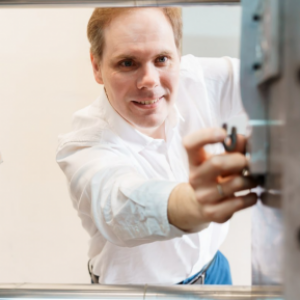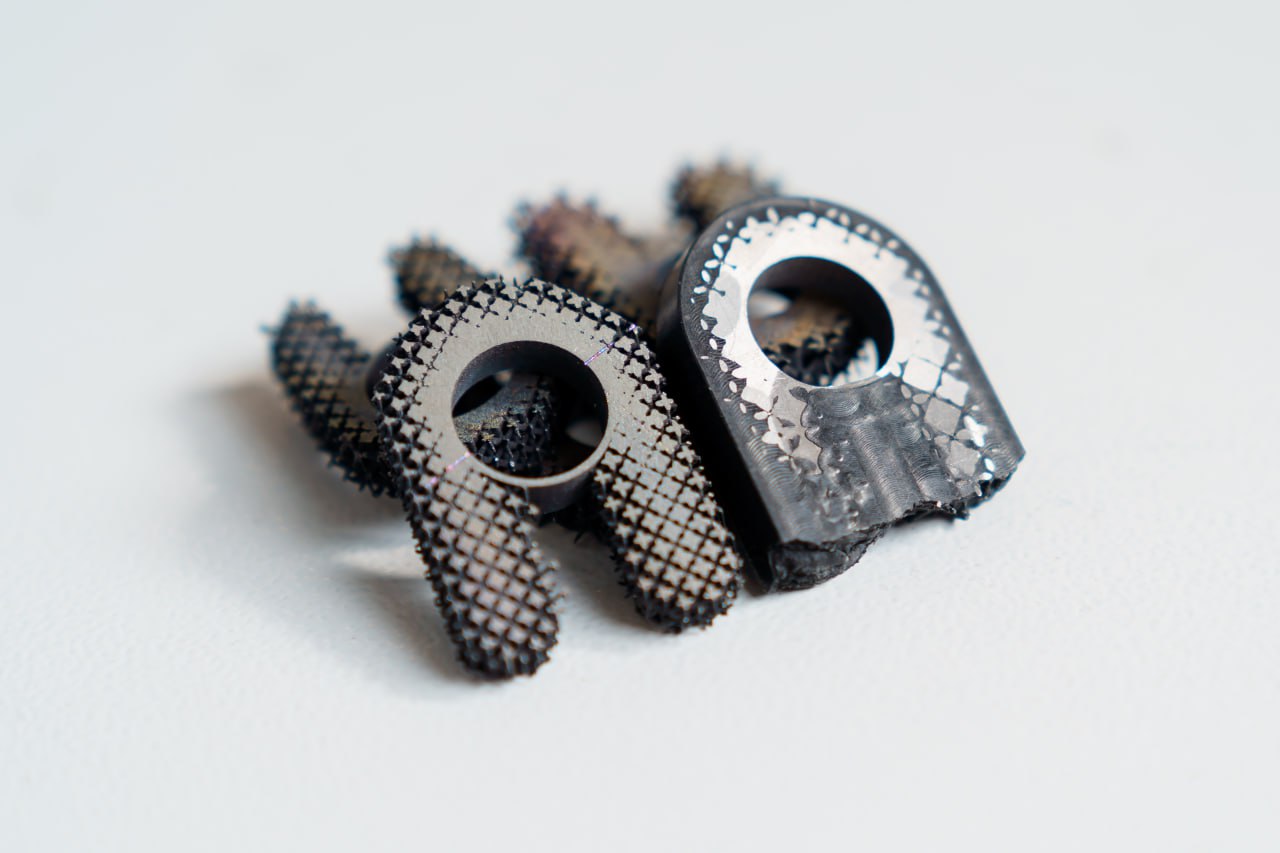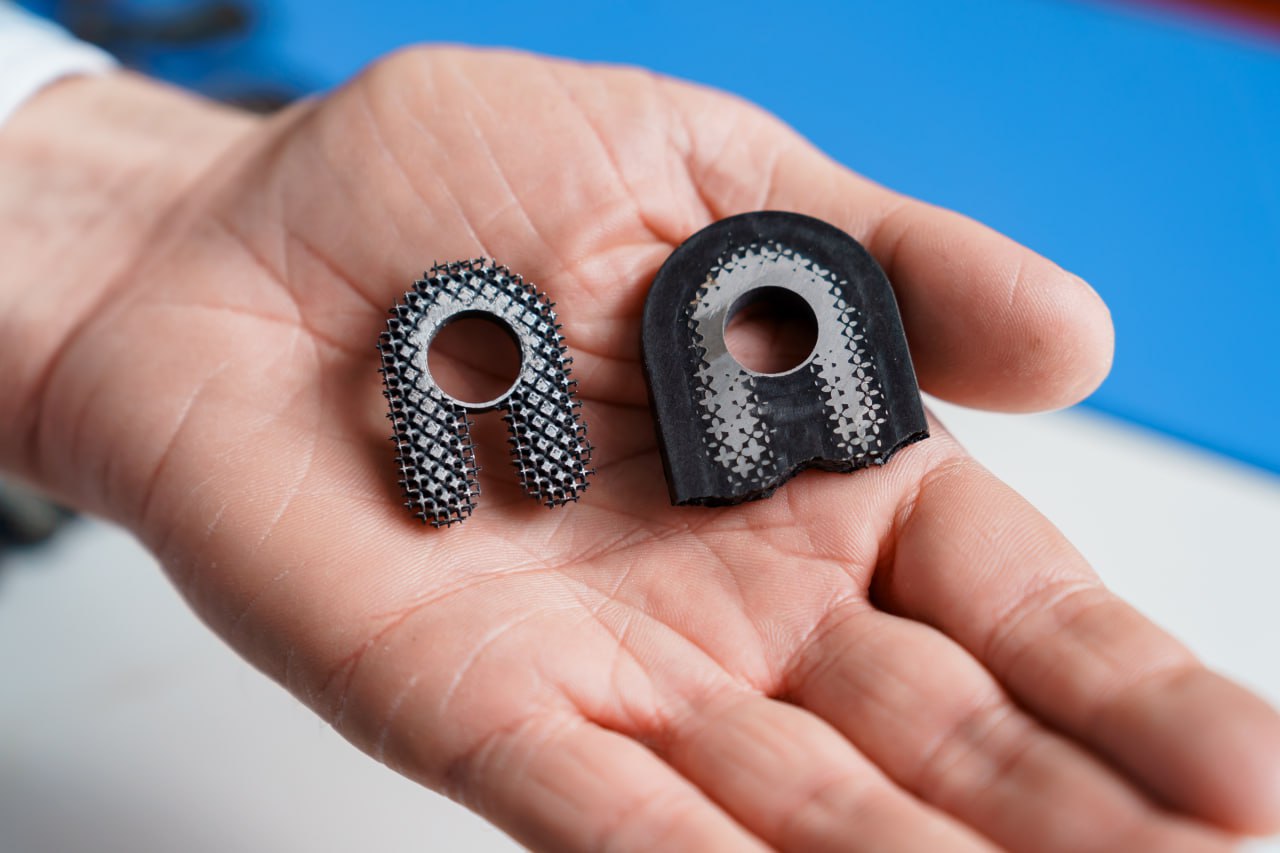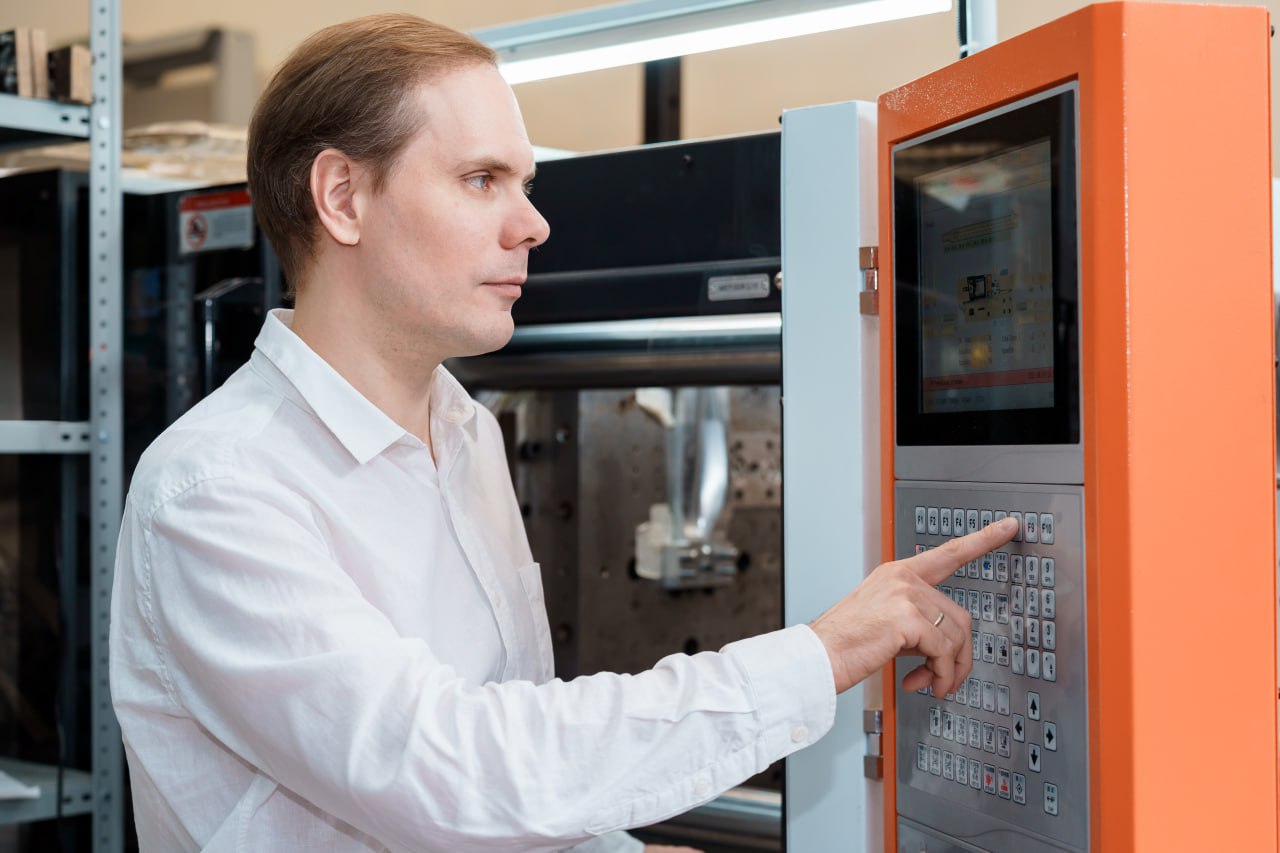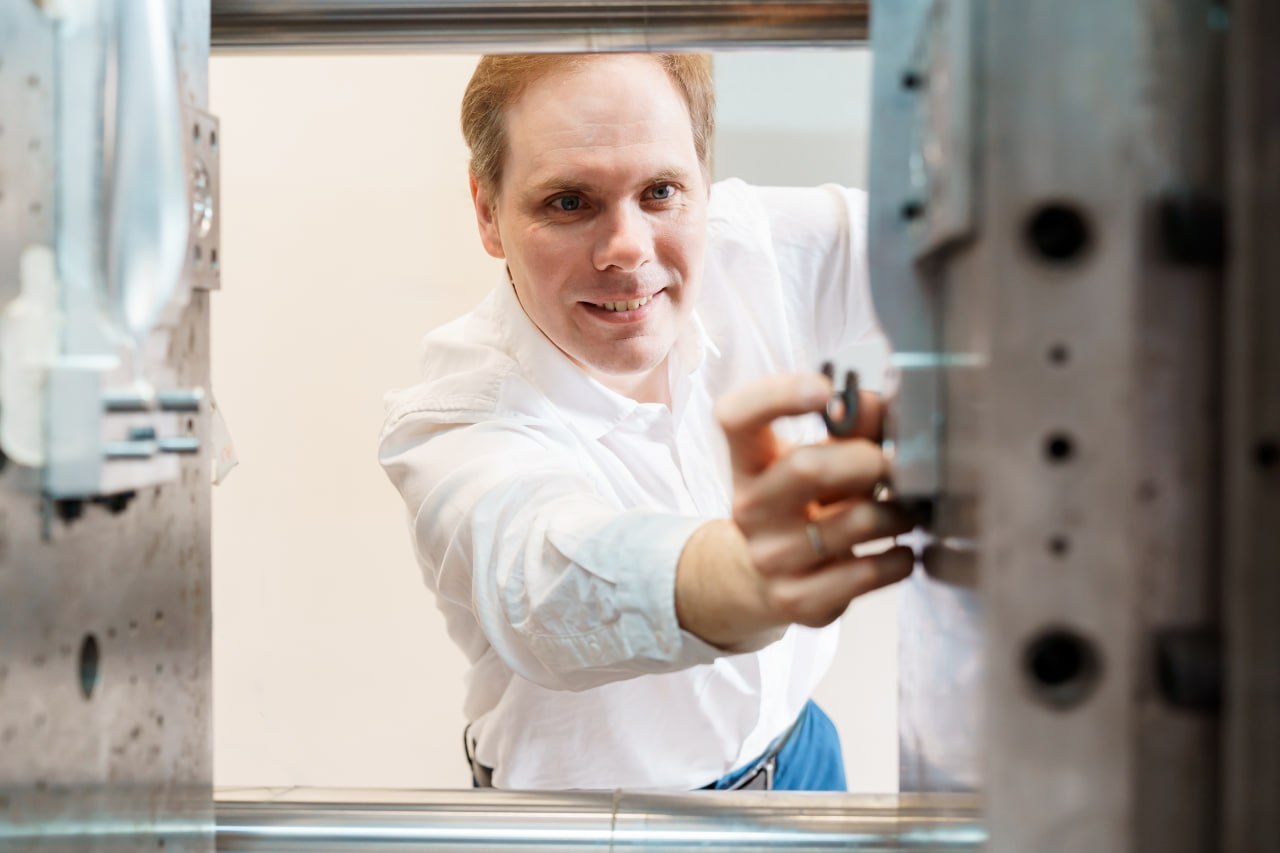Scientists from Samara National Research University have developed a new technology for strengthening fasteners for aircraft and spacecraft parts, which doubled their strength while reducing weight. The proposed approach makes it possible to create more complex models of elements than existing analogues, the researchers say. The findings were published in the Journal of Manufacturing Processes.
Today, the use of composite materials with high strength and low weight in aerospace structures is becoming increasingly popular, said scientists from Samara University. According to them, a modern aircraft consists of 50% composite materials, which are used, for example, for the manufacture of wing panels and fuselage elements.
The further growth of the use of composites in aviation requires their use in the attachment points of parts (transmission nodes of concentrated forces), which necessitates the use of embedded elements — special reinforcing components, the University experts explained.
The purpose of their research was to develop an improved design method for such elements, which allows using the advantages of additive manufacturing (3D printing). Traditional embedded elements have a simple shape and are manufactured by mechanical processing. According to scientists from Samara University, this makes the structure heavier.
"Additive technologies make it possible to create structures with variable porosity, which significantly reduces weight and improves adhesion to the composite. Our algorithm automates the design, ensuring minimal weight and high strength in places where loads are concentrated," said Associate Professor of the Department of Aircraft Construction and Design at Samara University Evgeny Kurkin.
According to him, the experiments carried out have confirmed the effectiveness of the algorithm: the use of embedded elements designed according to the developed methodology increases the bearing capacity of the elements by more than two times.
According to the University's specialists, at the moment there are other works on the multiphase topological optimization they used. However, to determine the rigidity of lattice structures filled with plastic, a model based on averaging the properties of two materials (plastic and metal) is usually used. The novelty of the Samara scientists’ results lies in the assessment of the rigidity of titanium lattice structures filled with polyamide and the creation of a methodology for constructing three-dimensional geometric models of the designed products.
At this stage, specialists are faced with the task of developing a method for multiphase topological optimization of metal embedded elements in an anisotropic formulation, taking into account the hydrodynamics of the thermoplastic composite casting process.
The research was carried out as part of the Russian Science Foundation project No. 22-79-10309.
Source: ria.ru
Photo by: Olesya Orina
 RU
RU  EN
EN  CN
CN  ES
ES 